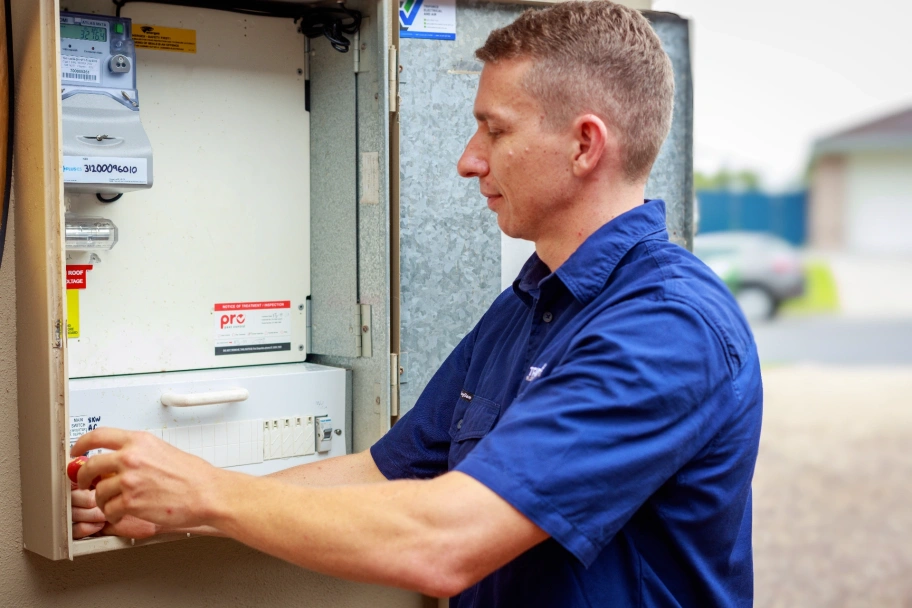Why Every Home Needs a Residual Current Device (RCD) to Protect Your Family
Electricity is essential, but it comes with its fair share of risks, especially when it comes to protecting your home and family. That’s where a Residual Current Device (or more commonly known as a safety switch) comes in. They are the silent hero in the world of electrical safety. But what exactly is an RCD, and why should you care about having one installed in your home?
What Is an RCD?
An RCD is a life-saving device designed to prevent electrical shock. It constantly monitors the flow of electricity in your home's circuits. If it detects an imbalance (like if electricity is escaping to earth due to a fault or a person accidentally touching a live wire), it quickly shuts off the power, potentially saving lives.
Why Is It Important to Have an RCD?
- Prevents Fatal Electric Shocks: The primary purpose of an RCD is to prevent serious injury or death caused by electrical shocks. Given that even low-voltage shocks can be dangerous, an RCD acts as your first line of defense.
- Reduces the Risk of Electrical Fires: RCDs can detect electrical faults that might otherwise go unnoticed and lead to overheating and fires. If you live in an older house, especially one with aging wiring, an RCD can be crucial.
- Compliant with Modern Safety Standards: In Australia, new homes are required to have RCDs installed by law, but older homes may not. If your home predates these regulations, you may be missing out on this vital safety feature. Even if it's not a legal requirement for your home, it’s a no-brainer investment in peace of mind.
- Protects Your Appliances: Faulty wiring can damage electrical appliances. An RCD can reduce these risks, extending the lifespan of your electronics and saving you money in the long run.

How Does It Work?
Imagine your home’s electrical system as a closed-loop. Under normal conditions, the current flows in and out smoothly. If something goes wrong—like a frayed wire or faulty appliance—the RCD detects the imbalance and cuts off the power in milliseconds. This quick reaction is often what stands between a minor inconvenience and a potentially lethal shock.
What Happens If You Don’t Have an RCD?
Without an RCD, you’re leaving your home and family vulnerable to electrical hazards. If a fault occurs, the power may remain on, allowing dangerous situations to escalate. Unfortunately, the warning signs of electrical problems—like flickering lights or burning smells—often appear too late.
When Should You Consider Installing One?
If you don’t already have an RCD or you’re unsure if your home is protected, it’s worth speaking to a licensed electrician. Older homes may not meet current safety standards. Whether you’re upgrading your electrical system, renovating, or just looking for some extra peace of mind, an RCD installation is a small step that makes a huge difference.
Final Thoughts
At the end of the day, we all want our homes to be as safe as possible. An RCD is a simple, affordable, and effective way to reduce the risks associated with electricity. It’s one of those things you’ll be grateful for when it’s working—hopefully, without you ever having to see it in action!
If you want an RCD installed on your home or need your existing one replaced, contact the Triforce Electrical and Air team today!